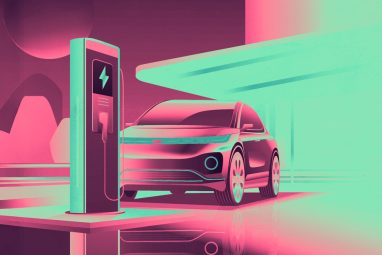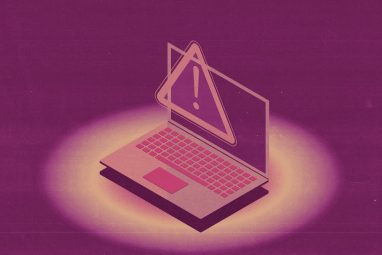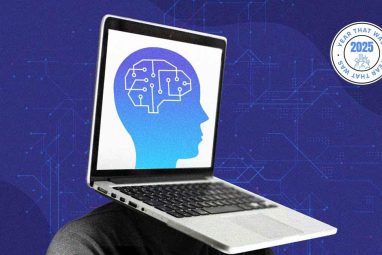Google’s 'Quantum Echoes' Marks First Verifiable Leap Beyond Supercomputers
The 105‑qubit Willow chip powered an experiment that may move quantum computing from theory to verifiable performance.
Topics
News
- UAE Targets 60 Trillion AI Tokens To Become 'Factory of Intelligence'
- AI Godfather Geoffrey Hinton Says Future Jobs Won’t Come Close to Those Lost
- 116M EVs To Be On Road by 2026, Predicts Gartner
- AI Companies Falling Short of Global Safety Standards, Study Finds
- Tally Launches New Campaign for Saudi MSMEs Aligned with Vision 2030
- AWS Unveils 3 AI Agents to Streamline Software Development

Google scientists on Wednesday said they took a major step toward unlocking the full potential of quantum computing, a technology that holds promise for fields from drug discovery to materials science.
In a new study published in Nature, the company’s researchers presented Quantum Echoes, an algorithm that runs on Google’s Willow quantum processor and performed calculations 13,000 times faster than the world’s fastest supercomputers.
The result, the team said, represented a verifiable quantum advantage, meaning a quantum computer had solved a problem beyond the reach of classical machines and that the outcome could be independently checked on another quantum system. CEO Sundar Pichai took to social media to hail this “verifiable” breakthrough.
Unlike conventional computers that store information as bits, either a 1 or a 0, quantum computers use qubits, which can be both 1 and 0 at once. This strange duality, made possible by the laws of quantum mechanics, allows quantum systems to process vast numbers of possibilities simultaneously. As the number of qubits increases, the computer’s power grows exponentially.
Google’s new algorithm taps into this phenomenon using what scientists call quantum interference, where quantum waves combine to amplify signals and reveal patterns hidden from classical physics.
Here’s how it works: researchers ran a series of quantum operations on an entangled array of 105 qubits inside the Willow processor. They then disturbed one of the qubits and ran the same sequence in reverse. The “echo” that emerged, the amplified response of the quantum system, provided insights into how information flows through the qubits.
This technique, the team said, mirrors the “butterfly effect” often seen in chaotic systems: a tiny change in one place can ripple through an entire system. In the quantum world, those ripples can be measured with extraordinary precision.
While the first experiment was meant to benchmark performance, Google’s researchers wanted to see if Quantum Echoes could solve real scientific problems. In a second study, they designed a quantum circuit to simulate how molecules behave in the conditions of a nuclear magnetic resonance (NMR) spectroscopy lab.
Using a 15-qubit system, they were able to uncover previously unknown details about the atomic spacing and structure of two molecules, information that classical simulations couldn’t easily access. Future work, the team said, could allow them to simulate molecules four times larger, marking a new frontier for quantum chemistry.
This achievement builds on decades of foundational research by Michel Devoret, Google Quantum AI’s chief scientist for quantum hardware and co-winner of the 2025 Nobel Prize in Physics. In the 1980s, as a postdoctoral researcher at the University of California, Berkeley, Devoret helped demonstrate that quantum phenomena could be observed in electrical circuits large enough to see—work that paved the way for technologies like fiber optics and now quantum computing.
The Willow quantum chip, launched in late 2024, was designed to reduce computational errors as the number of qubits increases—an ongoing challenge in scaling quantum systems. But Google’s scientists emphasize that hardware alone isn’t enough. Software and hardware need to evolve together to have powerful quantum computation.
To ensure their results were sound, the team even conducted “red-teaming” tests, borrowing a strategy from cybersecurity. These simulations, equivalent to running for 10 years on supercomputers, confirmed that the algorithm’s speed and accuracy held up under scrutiny.
Google believes practical quantum applications, ones that outperform classical computers in meaningful ways, could appear within five years. Still, major hurdles remain. Today’s most advanced quantum processors operate with a few hundred or thousand qubits, but large-scale commercial quantum computing will require millions.
Even so, the progress marked by Quantum Echoes gives scientists new confidence. The algorithm demonstrates the raw speed of quantum processing as well as provides a way to verify that those results are correct.





